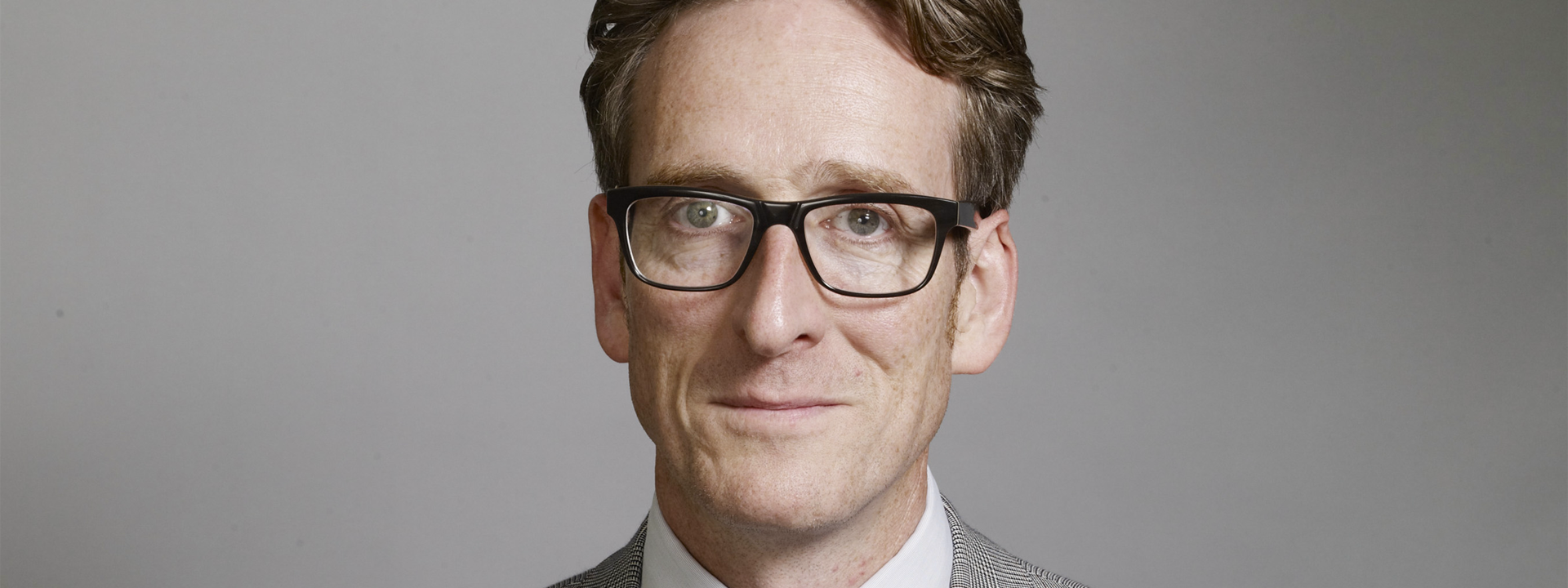Charles Vallance ‘Getting to the Point’
news
Agency News
Published by
Charles Vallance
Date
06/12/2021
Originally published in Campaign, VCCP's Founding Partner and Chairman Charles Vallance unpacks the enforced brevity of social media means people are getting to the point faster, why brands must sit up and pay attention or fail to win that of their consumers.
Life is getting pointier. And I'm not just saying that because my third vaccination beckons. In most aspects of culture, commerce and communication, success increasingly depends on getting to the point sooner, rather than later.
Social media is inevitably one of the drivers of pointiness. We are learning to express ourselves with far greater brevity and spontaneity. Acronyms abound, pictures are displacing words. Limits apply on numerous dimensions, from the number of characters allowed (280 for Twitter) to the duration of a post (60 seconds for Snapchat). TikTok, Insta and Snap are all named to sound urgent and fleeting.
There is a general consensus that multi-tasking and multi-screening have fed the rise of CPA (constant partial attention - keep up at the back, please). This in turn is likely to have reduced our powers of concentration. A study by Microsoft in Canada found that average concentration spans had fallen from 12 to 8 seconds between the turn of the century and 2015.
Where technology and social media lead, culture tends to follow. And so we should not be surprised to learn that the world of literature is not immune to the forces of pointiness. According to The Times (22 Nov), researchers have found that the average sentence in British fiction has dropped from 12.73 words to 11.87 words since the early 90's. Sentence complexity has also reduced, with a 25% fall in the use of semi-colons. There does, however, appear to be one trend in fiction which might put it ahead of the curve, namely a significant drop in the use of exclamations marks. Let's hope this translates over to social media!!!! LOL!!!
The lesson is very simple. It's getting ever more difficult to win people's attention.
The lesson is very simple. It's getting ever more difficult to win people's attention. Therefore, when you do, you must accelerate to your point rather than drift towards a generalised resolution. The jeopardy of not doing so was brought home to me by a very senior Client who'd fired his last agency even though they'd done some familiar and well-known work. The trouble with this work, and the reason for the move of agencies, was that it didn't get to the point. People had seen it, but didn't know what to do with it. It lacked a compelling point of view about what to do next. It lacked intent.
So the pointiness agenda can be a very stern taskmaster. We all know that our communication should be distilled and our strategies concise. However, concentration and compression are easier said than done. To paraphrase George Orwell's paraphrase of Blaise Pascal, "I would have written a shorter letter, but didn't have the time".
Pruning and cutting back are laborious processes. They can also be fraught with politics. The fight for brevity and compression can sometimes leave people feeling left out, as it requires a certain ruthlessness. Sacrifices have to be made and metaphorical toes trodden on. It is easy to complicate and difficult to simplify, but many people prefer the easier path.
Describing someone as 'singular' is seldom a great compliment. It suggests they lack nuance and depth. But for brands, being singular is the highest possible accolade. Think of any brand you admire and I bet it is shot through with singularity. Singularity of identity, purpose, values, design, tone of voice and message are the hallmarks of brand pre-eminence, whatever the category, whatever the field - from Chanel to Cadbury, from Apple to Ikea, from Oatly and O2 to Patek and Patagonia.
I wrote about the importance of your brand having a 'thing' exactly a year ago. My Christmas present this year is to recommend that your thing also has a point. In his magnificent new publication Look Out, Orlando Wood talks about the importance of attracting right brain, 'broadbeam' attention. He also chronicles the decline in advertising of the very features that win such attention; things like wordplay, characters, dialogue, distinctive accents and a clear sense of place.
These are all fantastic ingredients for pointy, thingy communication. And yet too many campaigns are actively failing to use them, a problem which is reflected in the sustained decline of creative effectiveness as observed by the IPA. Fear not, however, because at this time of good cheer the answer is simple. If your brand currently lacks bite, then, to quote Alvin and the Chipmunks, it's possible that all it wants for Christmas is some new front teeth. On which note I wish you all a very Merry Christmas and a Happy, Thingy, Pointy New Year.


